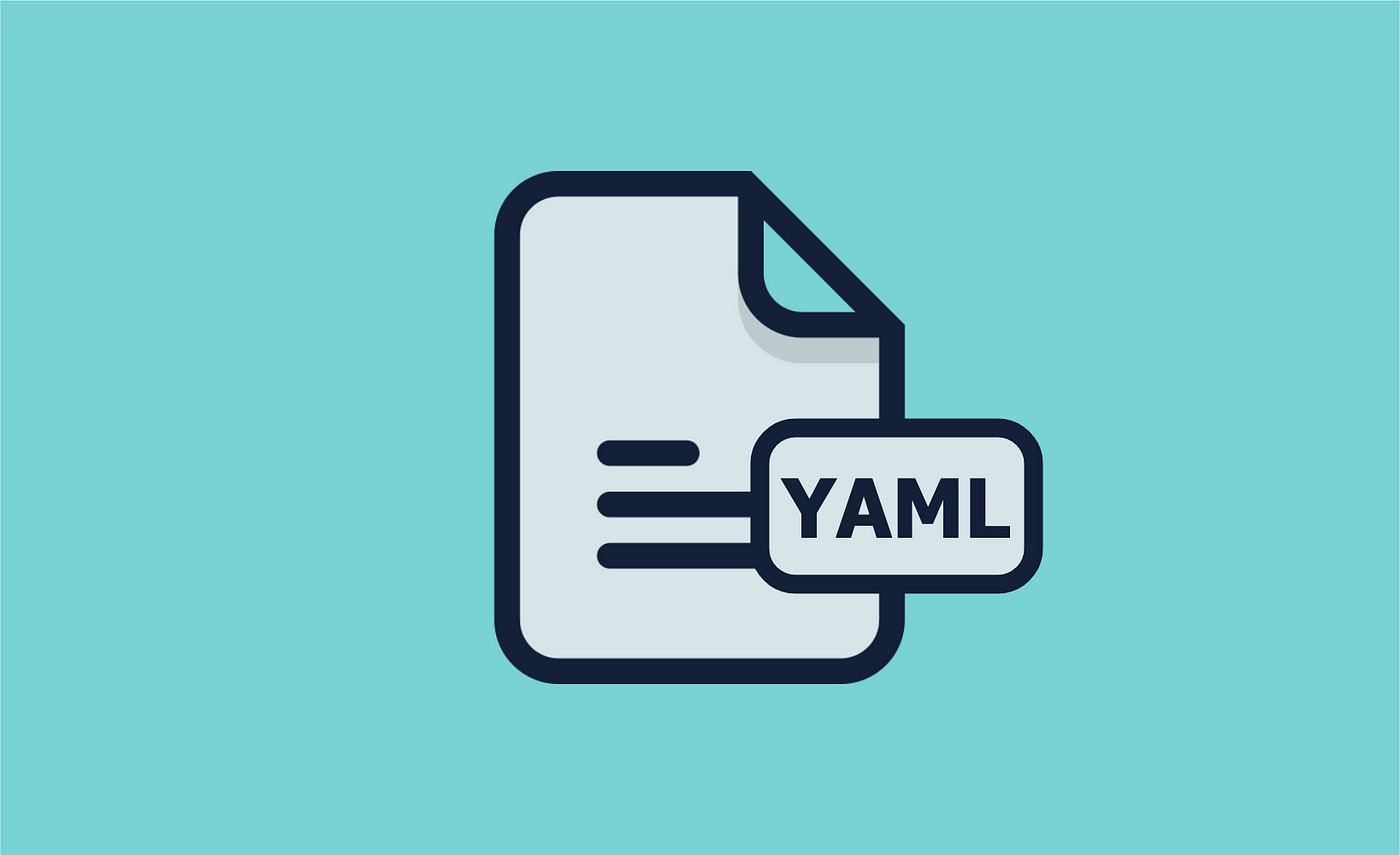
YAML, a recursive acronym for "YAML Ain't Markup Language," is a human-readable data serialization standard. It's used in configuration files and data exchange between languages with different data structures. YAML's design aims for simplicity and easy understanding, making it a favorite among developers and system administrators. Unlike its more verbose cousins XML and JSON, YAML focuses on readability, employing whitespace indentation to denote structure. This approach not only makes YAML files easier to write but also significantly easier to debug. Whether you're managing server configurations, developing software, or just curious about data formats, understanding YAML can greatly simplify your workflow. Here are 20 facts about YAML that highlight its versatility, efficiency, and why it has become a staple in technology projects worldwide.
YAML, a recursive acronym for YAML Ain't Markup Language (initially Yet Another Markup Language), is a human-readable data serialization standard. It is commonly used for configuration files and in applications where data is being stored or transmitted. Here, we dive into some intriguing facts about YAML that highlight its versatility, simplicity, and widespread use in the tech world.
What Makes YAML Stand Out?
-
Simplicity and Readability: YAML's design prioritizes human readability and simplicity, making it an excellent choice for configuration files. Unlike XML or JSON, YAML allows comments, enhancing its usability and maintainability.
-
Cross-Language Support: YAML libraries are available for many programming languages, including Python, Ruby, Java, and PHP. This wide support makes it a versatile tool for developers working across different platforms.
-
Whitespace and Indentation: YAML uses whitespace (spaces and new lines) to denote structure. This reliance on indentation rather than brackets or tags helps keep the configuration files clean and readable.
YAML in Configuration Management
-
Preferred Choice for Many Tools: Due to its readability and simplicity, YAML has become the preferred choice for configuration files in many development tools and frameworks, such as Docker, Kubernetes, and Ansible.
-
Support for Complex Data Structures: YAML can represent scalars, lists, and associative arrays (hashes). This allows for the representation of complex data structures in a straightforward manner.
-
No Tab Characters: In YAML, tab characters are not allowed for indentation. This rule helps avoid issues related to mixing tabs and spaces, a common source of errors in programming.
Unique Features of YAML
-
Anchors and Aliases: YAML supports the use of anchors (
&) and aliases (*) to avoid repetition. This feature can significantly reduce redundancy in data files, making them more concise. -
Multiline Strings: YAML offers several ways to express multiline strings, making it easier to include long texts without complicating the file structure.
-
Directives and Reserved Indicators: YAML files can contain directives and reserved indicators, such as
%YAMLfor specifying the YAML version, and---to mark the beginning of a document within a stream.
YAML's Role in Modern Development
-
Automation and DevOps: YAML files are extensively used in automation, continuous integration, and continuous deployment (CI/CD) pipelines, facilitating smoother and more efficient development workflows.
-
Configuration as Code: YAML's use in tools like Ansible allows for "configuration as code," where infrastructure setup and software provisioning are defined in code files, enabling version control and repeatability.
-
Microservices and Containerization: With the rise of microservices and containerization, YAML has become crucial for defining container orchestration in systems like Kubernetes, where each component's configuration can be meticulously detailed.
Challenges and Criticisms
-
Error Proneness: The reliance on indentation and subtle syntax can lead to errors that are hard to debug, especially for beginners or in complex configurations.
-
Security Concerns: YAML parsers can execute arbitrary code if not properly configured, leading to potential security vulnerabilities.
-
Performance: Parsing YAML can be slower compared to other formats like JSON, especially for large files, due to its complexity and flexibility.
YAML's Evolution and Future
-
Continuous Improvement: The YAML specification continues to evolve, with updates aimed at addressing user feedback, security concerns, and adding new features to keep up with modern development practices.
-
Growing Popularity in Cloud Computing: As cloud computing continues to dominate, YAML's role in defining cloud infrastructure through tools like AWS CloudFormation highlights its importance in the cloud era.
-
Educational Resources: With its growing use, there's an increase in tutorials, documentation, and community support, making it easier for newcomers to learn YAML.
-
Integration with Modern IDEs: Integrated Development Environments (IDEs) now often include features like syntax highlighting, auto-completion, and error checking for YAML, improving developer productivity.
-
Versatility Across Domains: Beyond software development, YAML is used in data science, machine learning, and other fields for data exchange and configuration, underscoring its versatility.
A Final Look at YAML's World
YAML, short for YAML Ain't Markup Language, offers a straightforward approach to data serialization, making it a favorite among developers for its readability and simplicity. Its ability to support complex data structures with minimal syntax has revolutionized configurations, making tasks more manageable and less error-prone. From small projects to large-scale applications, YAML's versatility shines, proving its worth in various programming environments. Its compatibility with languages like Python, Perl, and PHP further enhances its utility, bridging gaps between different tech stacks. As we've seen, understanding YAML's nuances can significantly improve your coding efficiency, whether you're configuring software, developing applications, or managing data. Embracing YAML means embracing a tool designed with the developer's needs in mind, a testament to the ever-evolving landscape of technology where simplicity and functionality go hand in hand.
Was this page helpful?
Our commitment to delivering trustworthy and engaging content is at the heart of what we do. Each fact on our site is contributed by real users like you, bringing a wealth of diverse insights and information. To ensure the highest standards of accuracy and reliability, our dedicated editors meticulously review each submission. This process guarantees that the facts we share are not only fascinating but also credible. Trust in our commitment to quality and authenticity as you explore and learn with us.


